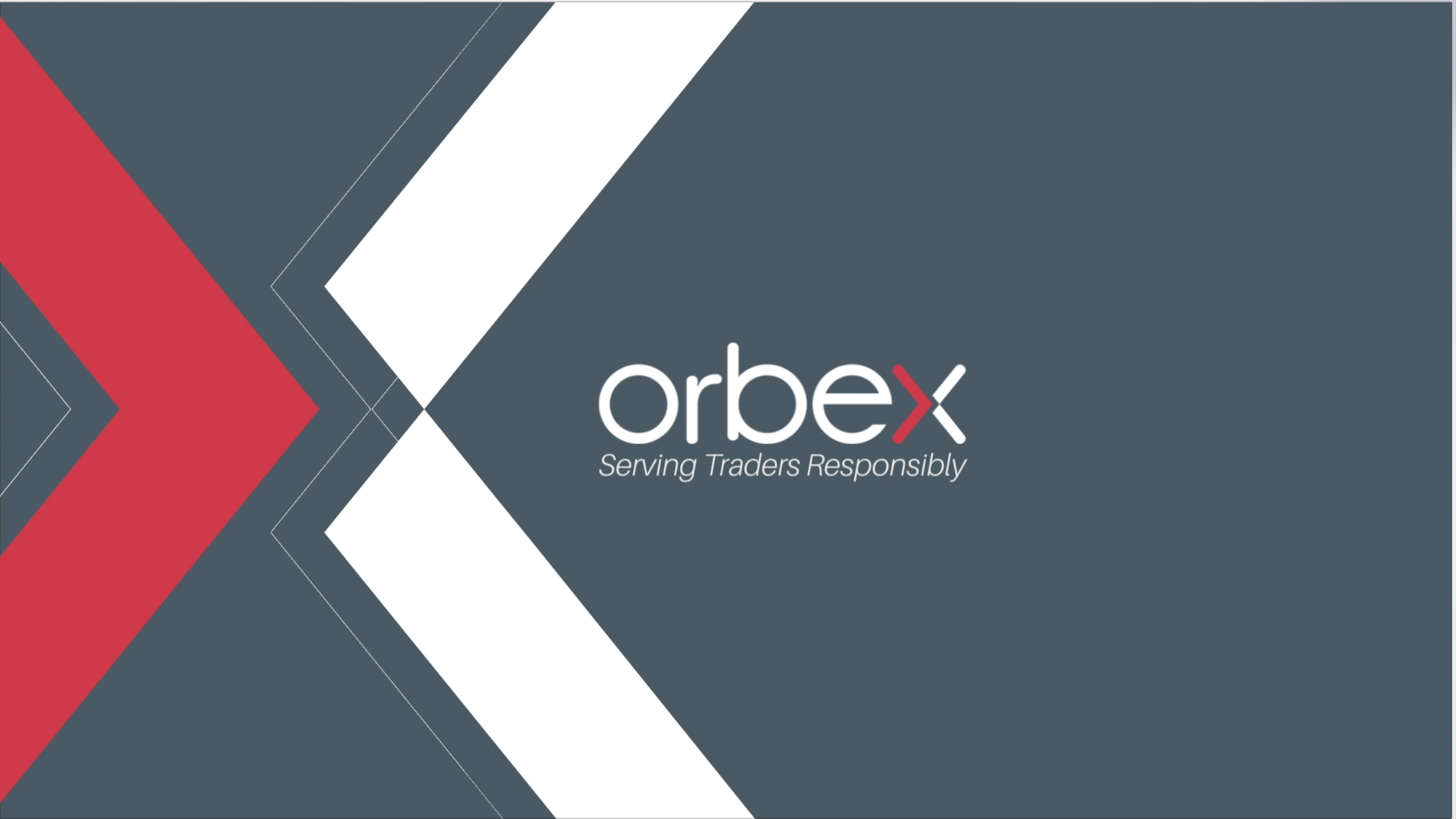German GDP gains momentum in second quarter

Summary:
- GDP rises 0.5 % on the previous quarter (price, seasonally and calendar-adjusted)
- GDP rises 2.3 % on the same quarter a year earlier (price-adjusted)
- GDP rises 2.0 % on the same quarter a year earlier (price-and calendar-adjusted)
- Inflation rises 2.0% in July
Economic activity in Germany was seen picking up momentum during the three months ending June 2018. The second quarter GDP gained steam with increase household and state spending, official data showed last week.
Germany’s gross domestic product (GDP) advanced 0.5% in the second quarter on a quarterly basis. This was higher than the median forecasts of a 0.4% increase. The data underlined the fact that Europe’s largest economy was recovering in the second quarter after a slow start during the first three months of the year.
The weak start to the year raised concerned about the impact of rising trade wars which created business uncertainty.
Germany’s Federal Statistics office had also revised the quarterly growth rate to 0.4% for the first quarter. This was higher than the initial estimates of a 0.3% print.
On an annualized basis, the German economy was seen advancing 2.0% during the April through June periods on a seasonally adjusted basis. This was however slightly below forecasts of a 2.1% increase.
The data squashed speculation that growth in the Eurozone might have slowed. On the contrary, the GDP reports suggested that economic momentum was strong in the region.
The pickup in the GDP for Germany comes at a time when global trade tensions continue to pose major headwinds. However, the conflicts with the United States alongside tensions pertaining to Iran could cloud the outlook during the second half of the year.
Germany’s Federal Statistics Office said that the economic growth was driven by higher spending among households. The state spending also contributed to the consumption in the economy. Furthermore, there was also a noticeable increase from the investment side as well.
German exports grew during the period but imports outpaced exports. This showed that the net trade contribution did not contribute much to the GDP growth.
The GDP data underpinned the gradual shift in the German economy which was traditionally dominated by exports. The increase in consumption showed that domestic spending was fuelled by higher employment.
Wage growth was also a contributing factor to the consumption and the construction sector seen rising sharply during the second quarter.
Concerns were raised on the ability for the German economy to pick up steam. This came at a time when the U.S. President Trump had threatened to impose higher tariffs on automobile imports from the Eurozone, namely Germany.
Germany’s inflation rises 2.0% in July
Following the release of the GDP data, Germany’s inflation data showed that consumer prices had slowed than previously estimated. Headline inflation rate moderated to a three month low at 2.0% on an annualized basis in July. This was slightly slower than June’s gain of 2.1%. The data matched the numbers from the flash estimates.
Growth in the goods prices slowed to 2.4% from 2.8% previously while the price of energy products increased by 6.6%. Food prices increased 2.6%.
On a monthly basis, Germany’s inflation increased 0.3% matching estimates. This was the same pace of increase seen in the previous month.
Germany’s inflation data was in contrast to that from France. Data released earlier on Tuesday last week showed that consumer prices in France fell 0.1%, matching estimates. This came following June’s decline of 0.1%.
The declines came on manufactured goods and a general decline in airfare and transportation costs.





